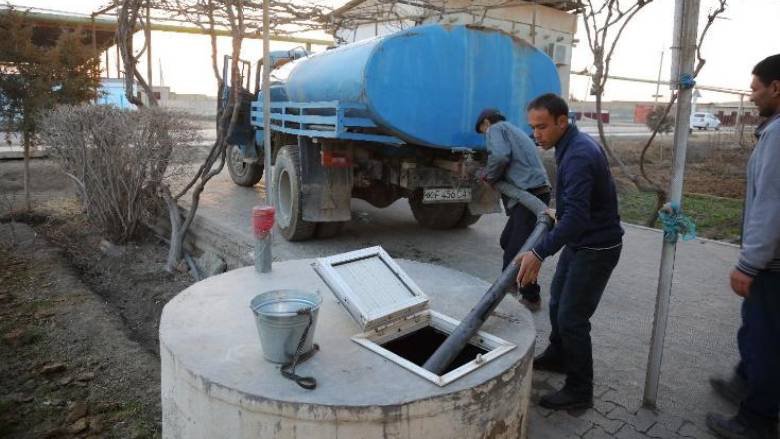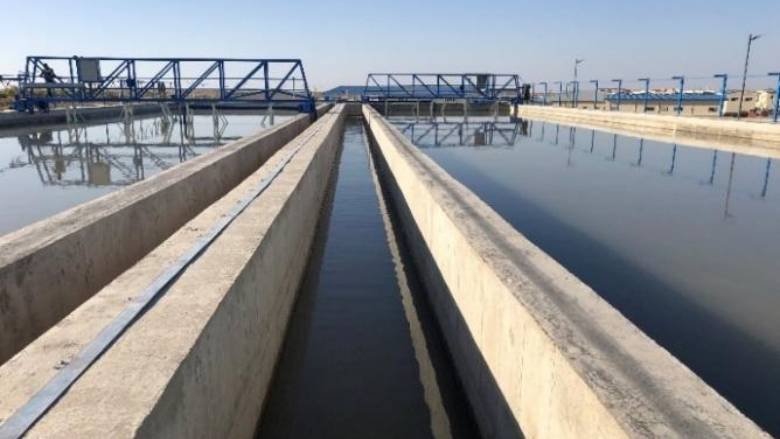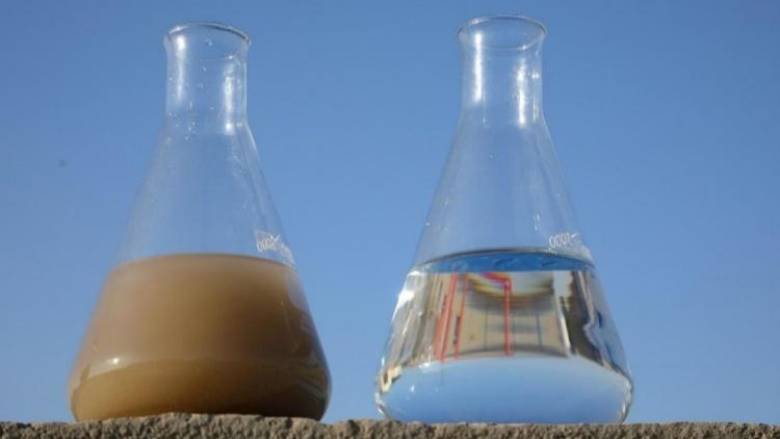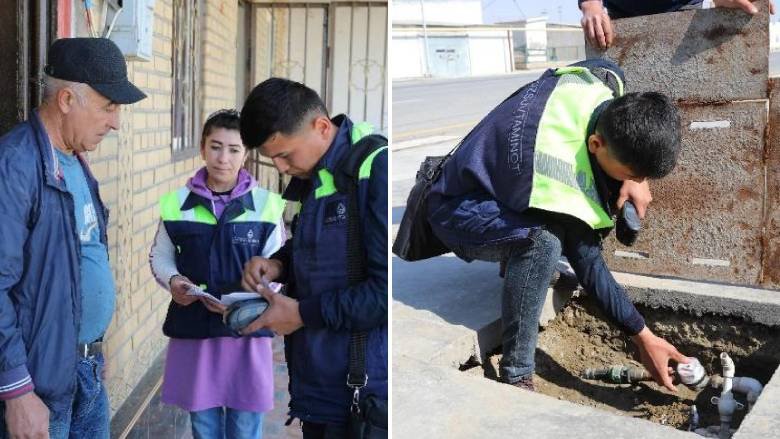More than 232,000 Uzbek citizens now have access to improved water and sanitation supply thanks to the Alat and Karakul Water Supply Project (AKWSP), which was completed in November 2021. The project, financed through a $74 million IDA credit, has been transformative for the two districts that for years had one of the most precarious water supply situations in the country. In just over a decade, the AKWSP contributed to nearly universal water supply coverage in the project area, establishing a 24-hour supply to clean, piped, running water and helping turn back a decades-long trend of water-borne illness.
A legacy of degraded water and sanitation infrastructure
Uzbekistan’s water supply and sanitation infrastructure, largely constructed during the Soviet era, by and large, has exhausted its useful life. A legacy of degraded infrastructure and an enormous investment backlog have resulted in large gaps in access to water supply and sanitation services. The situation is particularly dire in rural areas, where communities face chronic service breakdowns or absence of any service.
Unreliable, unclean, and uneven: water access in Alat and Karakul districts
This was the case in Alat and Karakul districts located in Uzbekistan’s Bukhara region. By the 2010s, there were vast disparities in coverage between the urban and rural areas in both districts. While in Alat town 100% of its residents had access to piped water, coverage dropped to 9% in rural areas. In Karakul town, coverage was 61%, while it was just 5% in rural areas. This forced rural residents, who made up around 80% of the district’s total population, to rely on unsafe water drawn from irrigation canal and saline wells, or to buy water at high costs from tanker trucks, which is stored in cisterns and is susceptible to contamination.
Meanwhile, the piped water supply, where available, was of low quality, and the utilities suffered from high rates of unbilled water – over 50%. The water that managed to reach customers, albeit for an average of just four hours each day, was unfiltered and turbid. Across both districts, 9 out of 10 households ranked unreliable and poor-quality water supply as their number one concern, underlining just how important access to water is for daily life.
The Alat and Karakul Water Supply Project
The AKWSP was the first World Bank-funded project in Uzbekistan’s water supply and sanitation sector to combine rehabilitation with substantial development of coverage by public water supply services. It also provided financing, in line with a gradual shift toward sector reform and modernization, to support utility performance improvement.
Improving coverage of public water supply services
In 2012, less than 20% of the residents of the Alat and Karakul districts had access to improved water sources. By the time the project was completed, the coverage rate reached 87%. In total, the project provided 232,760 people with access to clean and safe water. This was achieved through the construction of 1,524 km of transmission and distribution networks, as well as the construction of 42,151 new household connections and the rehabilitation of 7,400 more. The impact has been transformative for residents.
Improving the quality of public water supply services
“Improving access was only half the battle,” said Sanjar Madiyev, the project’s regional coordinator. Before the AKWSP implementation, the Alat and Karakul districts had the highest rates of waterborne diseases in the country. To address this, the project financed the construction of a new water treatment plant (WTP). The Dvoinik WTP was commissioned in March 2022, alongside the rehabilitated and expanded water intake structure, which abstracts water from the Amu-Bukhara irrigation canal.
“The WTP’s capacity is 50,000 m3 per day with the possibility to serve a population of up to half a million people. This is twice more than the population of Alat and Karakul and will ensure clean water for this, and many generations to come,” noted Sanjar Madiyev.
The project also sponsored the construction of three water laboratories to monitor water quality. By the time of the project completion, the percentage of regulatory water samples meeting potable quality standards increased from 53% to 98.5%.
Improving the efficiency of public water supply services
To support the physical and operational improvements on the network, the project supported a program of institutional strengthening. This included the reorganization and merger of the two district utilities into the regional Bukhara Regional State Unitary Enterprise (Bukhara Suv Taminoti [BST]) and the recruitment and capacity building of staff to efficiently plan, implement, operate, and maintain the new water supply system. The BST also benefitted from Technical Assistance on tariff-setting procedures financed by the Central Asia Water and Energy Program (CAWEP).
Reliable, clean, and continuous supply: A new normal
“Ultimately, the AKWSP drastically improved the coverage, quality, and overall efficiency of the districts’ water supply service,” says Khairy Al-Jamal, World Bank Senior Water Supply and Sanitation Specialist. By the end of the project, the proportion of households who still ranked poor water supply as a top priority had dropped to just 8%, the majority of which were households that had not yet been connected to the water supply network.
Most importantly, residents now have access to clean and reliable water supply, and with it, peace of mind. As Umar Sharipov, a resident of Alat town said: “Since we were connected to clean running water, I stopped worrying when my grandchildren run in from playing outside and drink the tap water. I know it’s safe.”



